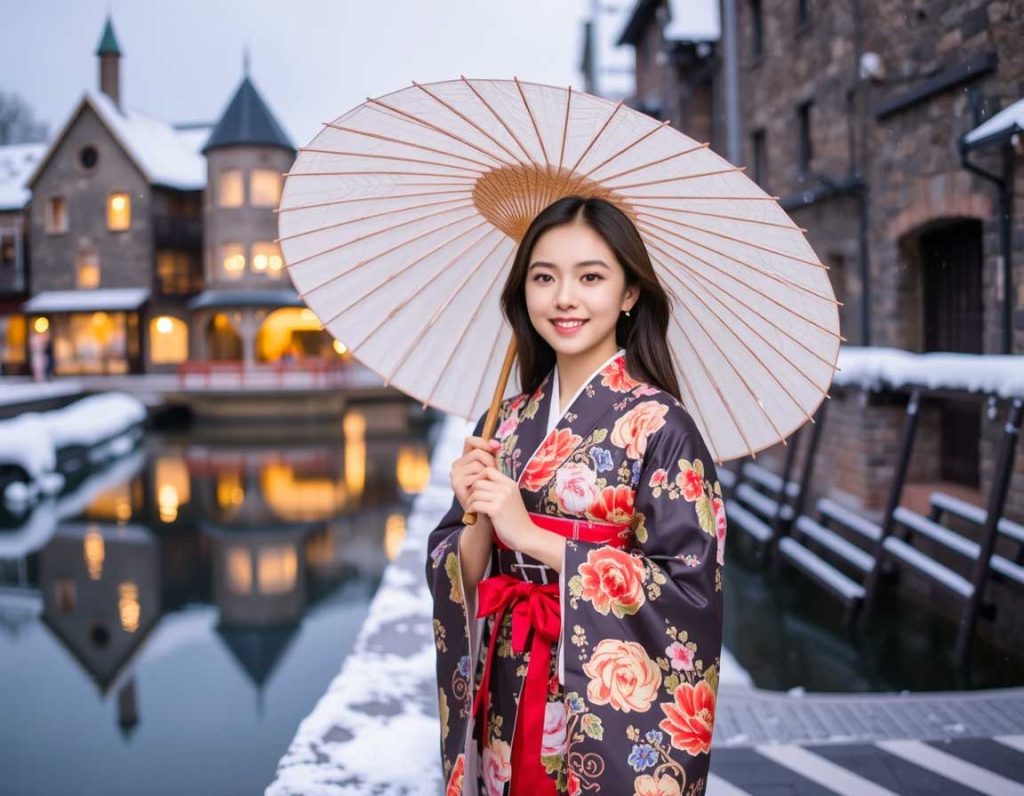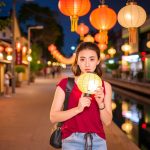For many Western travelers, Japan represents a fascinating blend of ancient traditions and cutting-edge modernity. Among its diverse regions, Hokkaido stands out as a destination that feels almost otherworldly in its natural splendor and unique cultural offerings. As the northernmost island of Japan, Hokkaido offers a distinct experience that is both serene and invigorating, making it an ideal choice for those seeking something beyond the bustling streets of Tokyo or Osaka.
Upon arriving in Hokkaido, the first thing that strikes visitors is the sheer vastness of its landscapes. Unlike the densely populated cities of mainland Japan, Hokkaido boasts expansive fields, rolling hills, and pristine forests. In winter, the island transforms into a snow-covered wonderland, drawing skiers and snowboarders from around the globe to its world-class resorts like Niseko and Furano. The powdery snow, often referred to as “Japow,” creates an almost magical atmosphere where every breath feels crisp and refreshing. For those who prefer a quieter experience, simply walking through the snow-laden streets of Sapporo or Otaru can be equally enchanting. The soft glow of lanterns reflecting off icy surfaces adds a touch of romance to the cold air.
Spring and summer in Hokkaido are no less captivating. During these seasons, the island bursts into life with vibrant colors. Lavender fields in Furano stretch endlessly under the bright sun, painting the horizon in shades of purple. Visitors can stroll through these fragrant fields, taking in the soothing scent and marveling at the meticulous care given to each plant. Meanwhile, the Shikisai-no-Oka flower garden offers a kaleidoscope of blooms, providing endless opportunities for photography and quiet contemplation. For nature enthusiasts, Hokkaido’s national parks, such as Daisetsuzan and Shiretoko, offer breathtaking hiking trails that lead to hidden waterfalls, volcanic peaks, and untouched wilderness. These parks are also home to diverse wildlife, including the elusive brown bears and red-crowned cranes, which symbolize good fortune in Japanese culture.
Hokkaido’s culinary scene is another highlight that leaves a lasting impression on travelers. The island is renowned for its fresh seafood, particularly its succulent crab, scallops, and sea urchin. Markets like Sapporo’s Nijo Market provide a glimpse into local life, where fishermen proudly display their daily catch. Visitors can indulge in bowls of uni-don, a simple yet luxurious dish featuring raw sea urchin over rice, or savor a steaming pot of Ishikari nabe, a hearty salmon hotpot flavored with miso. Beyond seafood, Hokkaido is famous for its dairy products, thanks to its cool climate and fertile pastures. Rich, creamy milk serves as the base for some of Japan’s best ice cream and cheese tarts, which have become must-try treats for tourists. And of course, no visit to Hokkaido would be complete without trying a bowl of Sapporo ramen, known for its rich miso broth and generous toppings.
The charm of Hokkaido extends beyond its natural beauty and cuisine; its towns and cities exude a warm, welcoming vibe that makes travelers feel instantly at ease. Sapporo, the capital city, combines urban sophistication with small-town friendliness. Its wide streets and European-inspired architecture create a relaxed ambiance, while attractions like Odori Park and the historic Sapporo Beer Museum offer plenty to explore. Further north, the port town of Otaru enchants visitors with its nostalgic canal lined with old warehouses now converted into cafes and shops. Taking a leisurely walk along the canal at sunset, with the sound of distant jazz music drifting through the air, feels like stepping back in time.
One cannot discuss Hokkaido without mentioning its people, whose hospitality reflects the region’s laid-back spirit. Locals take pride in sharing their traditions and way of life with outsiders, whether it’s teaching them how to make mochi during a farm stay or inviting them to participate in seasonal festivals. The Sapporo Snow Festival, held every February, is a prime example of this communal spirit. Giant ice sculptures depicting everything from anime characters to famous landmarks draw millions of visitors each year, creating a festive atmosphere that transcends language barriers. Similarly, the Yuki Matsuri in Asahikawa showcases intricate snow statues alongside performances and food stalls, offering a deeper connection to Hokkaido’s artistic heritage.
Traveling through Hokkaido is not just about ticking off tourist spots; it’s about immersing oneself in a place that feels profoundly different yet strangely familiar. Whether it’s soaking in an onsen surrounded by snow-capped mountains, sipping freshly brewed coffee in a cozy café, or watching the sunrise over Lake Toya, every moment spent here leaves an indelible mark. For Western travelers accustomed to fast-paced lifestyles, Hokkaido provides a much-needed reminder of the importance of slowing down and appreciating the simple joys of life.
In conclusion, Hokkaido is more than just a travel destination—it’s an experience that awakens the senses and nourishes the soul. Its unparalleled natural beauty, delectable cuisine, and genuine warmth make it a place worth visiting at least once in a lifetime. While the journey may require some effort due to its geographical distance, the rewards far outweigh any challenges. For those willing to embrace the unknown, Hokkaido promises memories that will linger long after the trip has ended, beckoning them to return again and again.


